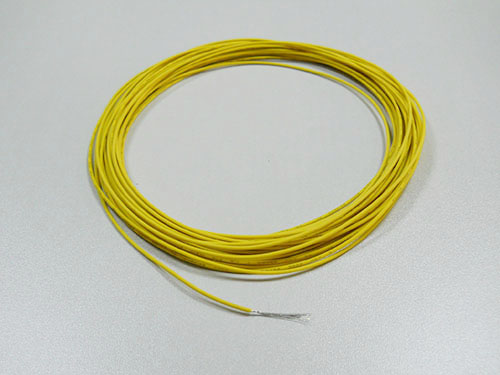Wenchang Electronic
Product classification
4solution

The general principles of wiring
Wiring should be based on line requirements, load type, place environment and other specific circumstances, the design of the corresponding wiring program, using the appropriate wiring methods and methods, and should follow the following general principles.
1. Use the wire to meet the requirements
The requirements for the wire include both electrical and mechanical properties. The current carrying capacity of the wire should meet the requirements of the line load, and leave a margin. The wire should have sufficient pressure resistance and insulation properties, with sufficient mechanical strength. General indoor wiring often use plastic sheathing wire.
2. Try to avoid wiring in the connector
When wiring, you should use the insulation layer of the entire root wire once laid to the head, try to avoid wiring in the wire connector. Because the wire joints often lead to increased contact resistance and insulation performance, to the circuit buried a hidden trouble. If it is dark line laying (in fact, indoor wiring are basically dark line laying), once the joints at the occurrence of poor contact or leakage and other failures, it is difficult to find and repair. The necessary fittings should be arranged in the junction box, switch box, lamp case or socket box.
3. Wiring should be firm and beautiful
Straight wire laying the direction of the wire should be kept horizontal and vertical, fixed firmly. Dark wire lay the wire should also be horizontal or vertical alignment. Wire should be fitted with protective casing when passing through the wall or floor. Do not damage the insulation of the wire.

 nearly 20 years dedicated to providing quality wire and cable solutions
nearly 20 years dedicated to providing quality wire and cable solutions

 nearly 20 years dedicated to providing quality wire and cable solutions
nearly 20 years dedicated to providing quality wire and cable solutions
